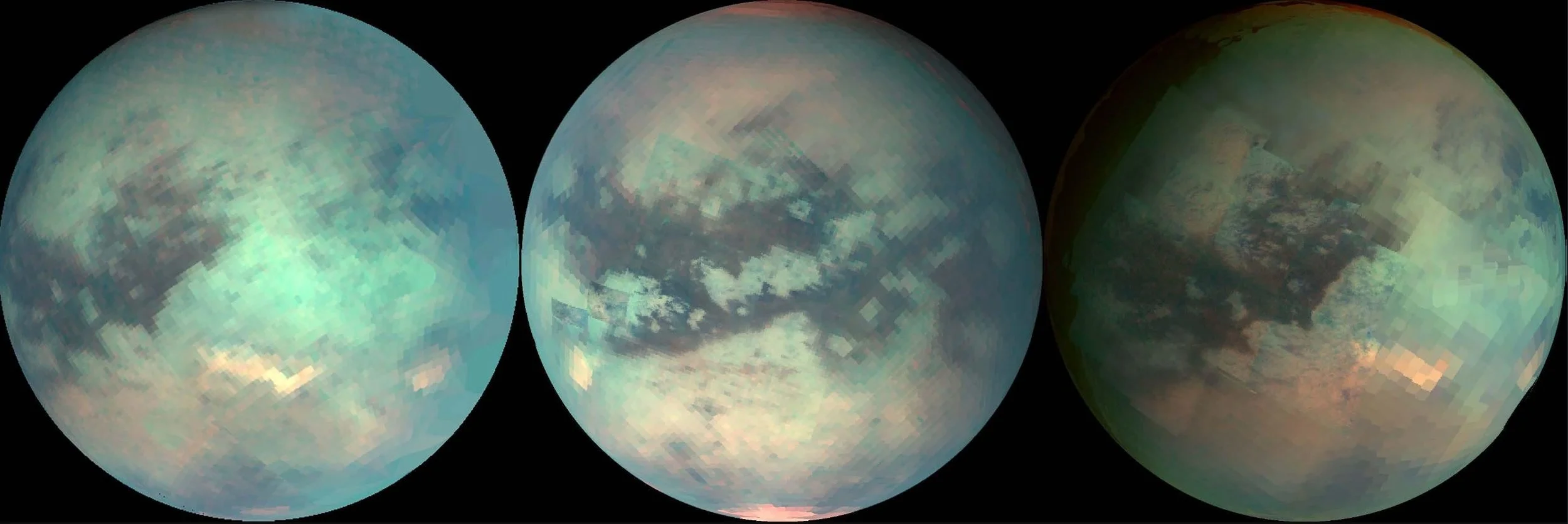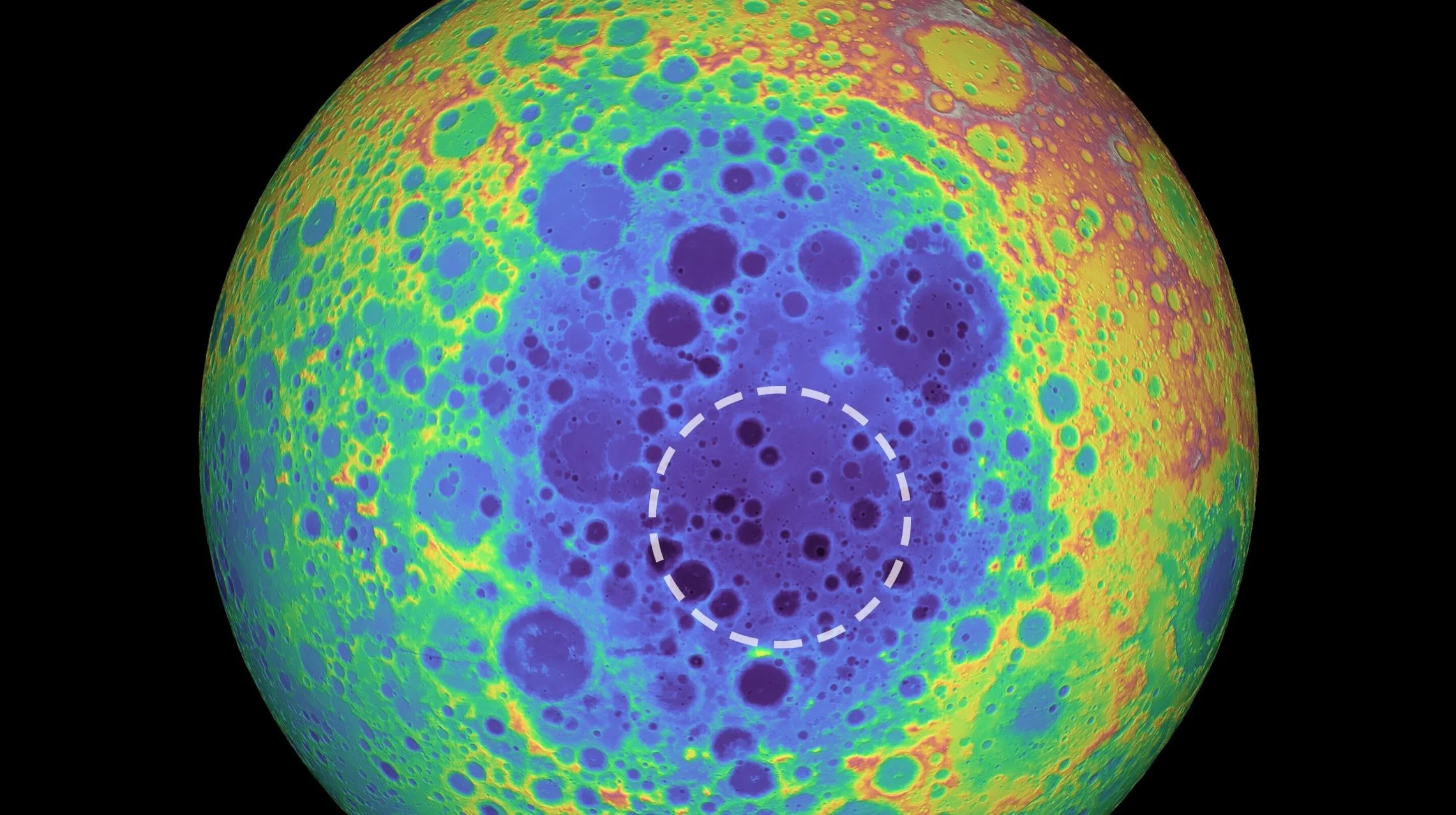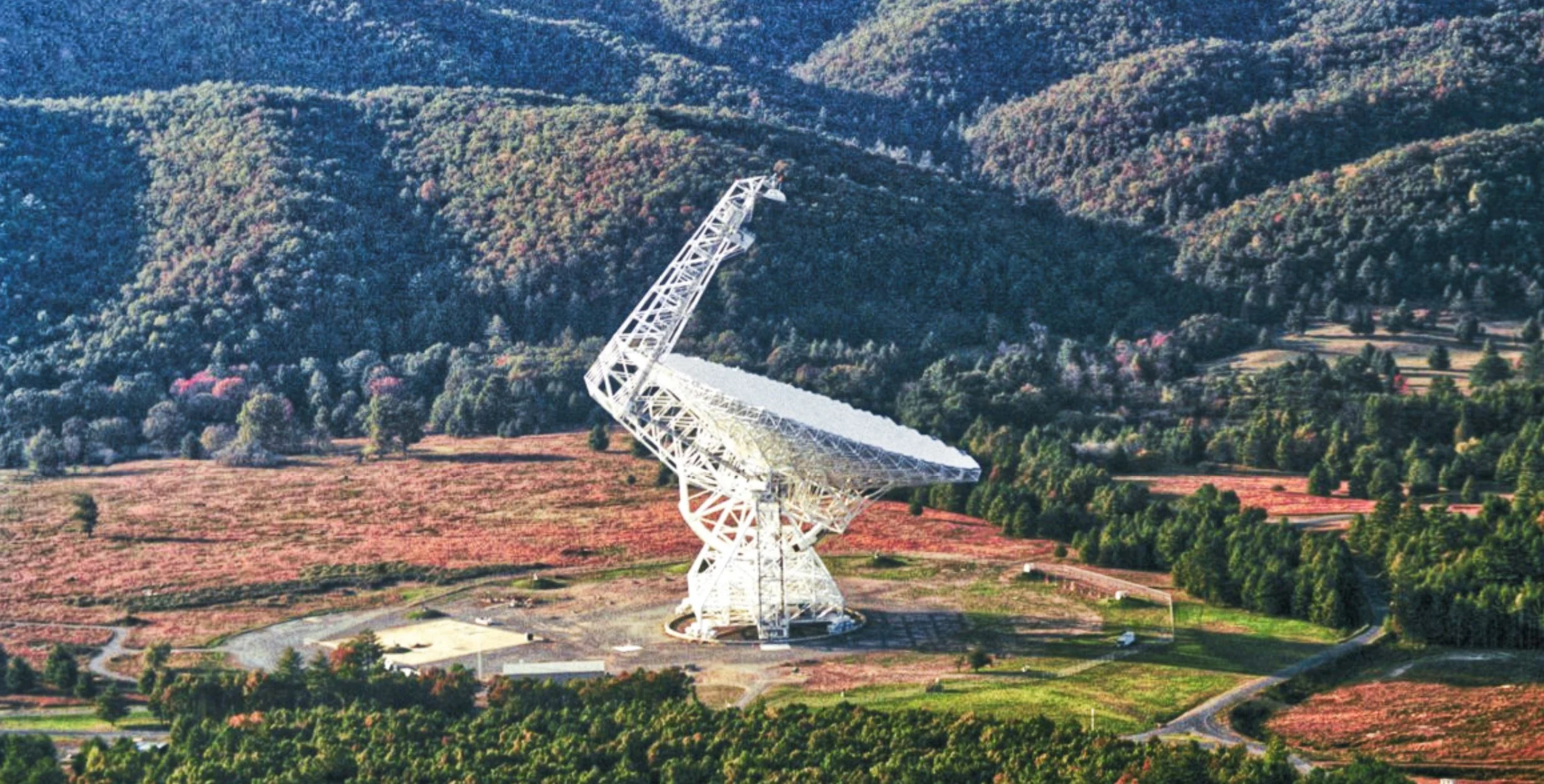There have been plenty of claims about what being left-handed means, and whether it changes the type of person someone is – but the truth is something of an enigma. Myths about handedness appear year after year, but researchers have yet to uncover all of what it means to be left-handed.
How Habitable is Titan? NASA is Sending the Titan Dragonfly Helicopter to Find Out
Why Is The Moon’s South Pole So Important? It’s All About Water
Higher vitamin A intake linked to lower skin cancer risk
Dead planets can ‘broadcast’ for up to a billion years
New type of electrolyte could enhance electric vehicle performance!
A brief astronomical history of Saturn’s amazing rings
Kepler helps count earth-like planets around sun-like stars to estimate how common we are
The Milky Way’s Black Hole Just Flared, Growing 75 Times as Bright for a Few Hours!
Even though the black hole at the center of the Milky Way is a monster, it’s still rather quiet. Called Sagittarius A*, it’s about 4.6 million times more massive than our Sun. Usually, it’s a brooding behemoth. But scientists observing Sgr. A* with the Keck Telescope just watched as its brightness bloomed to over 75 times normal for a few hours.
What happens when a country drowns?
Can plants think? They could one day force us to change our definition of intelligence
Do electronic devices like smartphones make it harder for us to grasp science?
Traces of One of the Oldest Stars in the Universe Found Inside Another Star!
Astronomers Uncover Dozens of Previously Unknown Ancient and Massive Galaxies
For decades, astronomers have been trying to see as far as they can into the deep Universe. By observing the cosmos as it was shortly after the Big Bang, astrophysicists and cosmologists hope to learn all they can about the early formation of the Universe and its subsequent evolution. Thanks to instruments like the Hubble Space Telescope, astronomers have been able to see parts of the Universe that were previously inaccessible.
Virtual 'Universe Machine' Sheds Light on Galaxy Evolution
The new field of sonogenetics uses sound waves to control the behavior of brain cells
Cloaked Black Hole Discovered in Early Universe!
Maybe Dark Matter is Warm, Not Cold
Since the “Golden Age of General Relativity” in the 1960s, scientists have held that much of the Universe consists of a mysterious invisible mass known as “Dark Matter“. Since then, scientists have attempted to resolve this mystery with a double-pronged approach. On the one hand, astrophysicists have attempted to find a candidate particle that could account for this mass.
Kepler’s forgotten ideas about symmetry help explain spiral galaxies without the need for dark matter
The 17th-century astronomer Johannes Kepler was the first to muse about the structure of snowflakes. Why are they so symmetrical? How does one side know how long the opposite side has grown? Kepler thought it was all down to what we would now call a “morphogenic field” – that things want to have the form they have. Science has since discounted this idea. But the question of why snowflakes and similar structures are so symmetrical is nevertheless not entirely understood.
Tardigrades: we’re now polluting the moon with near indestructible little creatures
An Israeli spacecraft called Beresheet almost made it to the moon in April. It took a selfie with the lunar surface in the background, but then lost contact with Earth and presumably crashed onto the lunar surface. Now it’s been revealed that the mission was carrying a cargo of dehydrated microscopic lifeforms known as tardigrades.

















